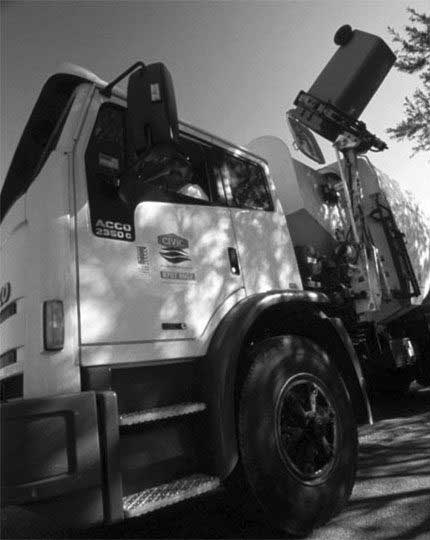Successfully Implementing & Maintaining Routing Software Requires More Than Licensing Software
There are many reasons that route planning software fails in implementation or fails to be used beyond the initial implementation. here are what we have seen over the past two decades of helping municipalities and companies not fall prey to these gotchas:
- Bought the Wrong Thing – If you do not clearly define the functionality that is needed and scope of the user implementation, you may get a software that is a dispatching tool or customer/route management software that does not actually do route planning. Even within the sub-sector of route optimization, there are generally three different route types of routing algorithms. High density routing or the Chinese Postman Problem is used for garbage truck route planning, street sweeping, snow plow routing, postal, and utility meter reader routing. Point to point routing or the Traveling Salesman Problem is used for sales trip planning, deliveries, distributions, and collections less than 125 stops per route. Paired routing algorithms match a single collection with a distribution of that item, are used for armored car or roll-off boxes for garbage collection.
- Didn’t Involve Staff and Stakeholders – The field service crews are the ones that will have to live with the routes. If you want top avoid friction or an all out mutiny, involve them every step of the way. Nobody likes having an outsider, whether it be a consultant or software, come in and show you how to do your job better. That perspective from the staff may be averted by involving them in the project. At the very start, inform them of how the project will unfold. Go in the field and measure performance with staff. After establishing baseline metrics, review it with them. Build the routes together. The more staff are a part of the implementation, the easier the rollout will go and more likely for the routing software to be used on-going.
- Never Defined the New Route Planning Processes Before Purchasing – Implementing routing software will change how you plan and manage your mobile workforce operations. It will impact how you manage customer data. It may add more work upfront until the system is calibrated and the business processes are established to keep the routes up to date. The best practice is to follow the mantra of people, process and technology. Understand how you need to make the staff more efficient. Define the new step by step approach to updating routes. Lastly, find a routing software that will fit to your needs. More, just buy the software and then scramble to figure out how to get people to use it after the purchase.
- Inadequate Labor Resources Assigned – Its common to have dispatchers that will be intended to be the primary users of the software, but they struggle with learning new technology. Some of the route optimization software, such as for garbage truck route planning, are very difficult to use and even require Geographic Information Systems knowledge. Its not fair to the untrained and tech-inexperienced dispatcher to be given an insurmountable task to be learn a scientific software application to replace what they were doing on paper. The appropriately skilled staff have to be assigned or an easier software or lower tech solution would be better than buying software to become “shelfware.”
- Lack of Internal IT Support – The field service operations are not typically the focus of executive management and may not get the attention from the IT and GIS teams that are in high demand. For example, municipal waste collection operations struggle with being prioritized by the IT department for a software implementation.
- Lack of On-going Training – Another common issues is that the staff that were trained, get promoted, move to another job, and there is no trained user to replace them. A program of training staff users and keeping complimentary staff trained to step in when needed can alleviate continuity issues.
- Route Updates Are Not Scheduled by Management – Management should maintain a schedule for monitoring route performance and route updates. Once the users stop using it, they forget how to use it.
- Never Adapted the Route Planning Processes After Purchase – The way that you use route optimization software will evolve and the business processes must adapt. Users will get more advanced and use more advanced functionality. Faster ways to do things will evolve. Not improving how you use the software can also lead to not realizing the most benefits.
- Not Integrated with Other Systems – Route optimization projects require the customer database, all their service schedules and locations. This may require data being pulled from ERP, GIS, CRM, MWM, and all kinds of acronyms for systems. After the routes are updated, corresponding data may need to be updated in those systems. ERP systems can be very costly to integrate and internal teams on high demand to build those integrations. Often, the integrations don;t get completed and maintaining the routes is made more difficult.
- Management Not Committed – Implementing and maintaining a new routing system that touches so many facets of the operation and that staff may struggle with is testing for a manager to keep focused on a routing software implementation for the long haul.
- Success Not Defined – Whether its reducing the number of routes, increasing the number of stops per route or reducing climate change emissions, clearly define what success will be for the route optimization software implementation and the key performance indicators (KPIs) to monitor it.

